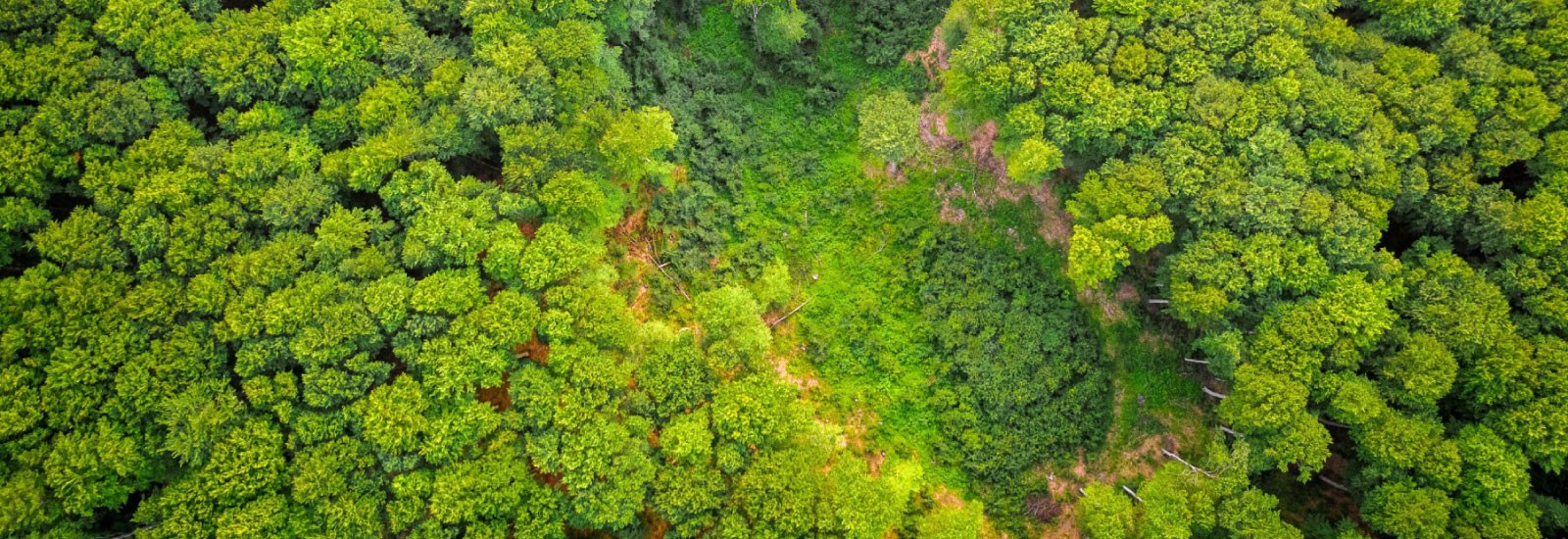Widespread forest management and protections against deforestation can help mitigate climate change – but will come with a steep cost if deployed as broadly as policymakers have discussed, new research suggests.
The study, published today in the journal Nature Communications, found that planting and protecting trees, especially in the tropics, could reduce carbon dioxide emissions by as much as 6 gigatons a year from 2025 to 2055. That reduction, the researchers’ economic model showed, would cost as much as $393 billion a year over the same time period.
“There is a significant amount of carbon that can be sequestered through forests, but these costs aren’t zero,” said Brent Sohngen, co-author of the study and a professor of environmental economics at The Ohio State University.
A 6-gigaton reduction by 2055 would amount to about 10 percent of the total reduction needed to keep the climate from warming beyond 1.5 or 2 degrees Celsius. Policymakers and scientists agree that humans worldwide need to put strategies in place that will keep the climate from warming above that threshold.
Limiting warming by that amount would not mean climate change is solved. At a 2-degree increase, for example, extreme heatwaves will become widespread, droughts would plague many urban environments around the world, and heavy rainfalls – including those from tropical storms or hurricanes – would become more commonplace. Many insects and animals would also die.
Those levels, though, would allow for some adaptation, according to the Intergovernmental Panel on Climate Change, the United Nations body that is trying to help the world address climate change. The world is currently on pace to warm by about 4 degrees.
A number of recent studies have suggested that tree planting, management and conservation can solve a significant share of the world’s climate problem, but most studies have ignored the costs. This analysis updated the Global Timber Model, which considers potential climate change policies and the effects they would have on forest land use, management and trade. The model allowed the researchers to calculate the worldwide financial costs of sequestering carbon in the world’s forests.
The researchers found that protecting existing forests is cheaper than planting new ones, and that forest management, including changing how and when trees are harvested, provides low-cost options to store carbon in regions where timber management is an important economic activity.
Read more about Trees can help slow climate change, but at a cost
